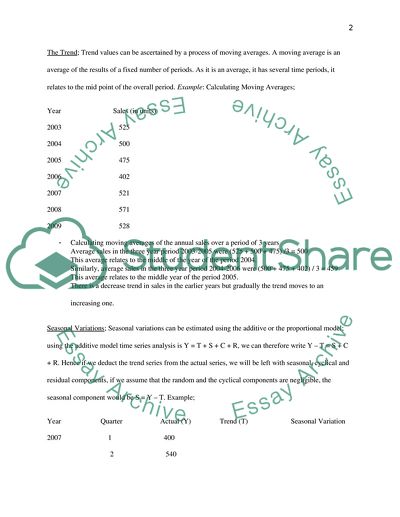Cite this document
(Cash Flow Forecasting Research Proposal Example | Topics and Well Written Essays - 2500 words, n.d.)
Cash Flow Forecasting Research Proposal Example | Topics and Well Written Essays - 2500 words. Retrieved from https://studentshare.org/finance-accounting/1727198-finance-forecasting-techniques
Cash Flow Forecasting Research Proposal Example | Topics and Well Written Essays - 2500 words. Retrieved from https://studentshare.org/finance-accounting/1727198-finance-forecasting-techniques
(Cash Flow Forecasting Research Proposal Example | Topics and Well Written Essays - 2500 Words)
Cash Flow Forecasting Research Proposal Example | Topics and Well Written Essays - 2500 Words. https://studentshare.org/finance-accounting/1727198-finance-forecasting-techniques.
Cash Flow Forecasting Research Proposal Example | Topics and Well Written Essays - 2500 Words. https://studentshare.org/finance-accounting/1727198-finance-forecasting-techniques.
“Cash Flow Forecasting Research Proposal Example | Topics and Well Written Essays - 2500 Words”, n.d. https://studentshare.org/finance-accounting/1727198-finance-forecasting-techniques.


